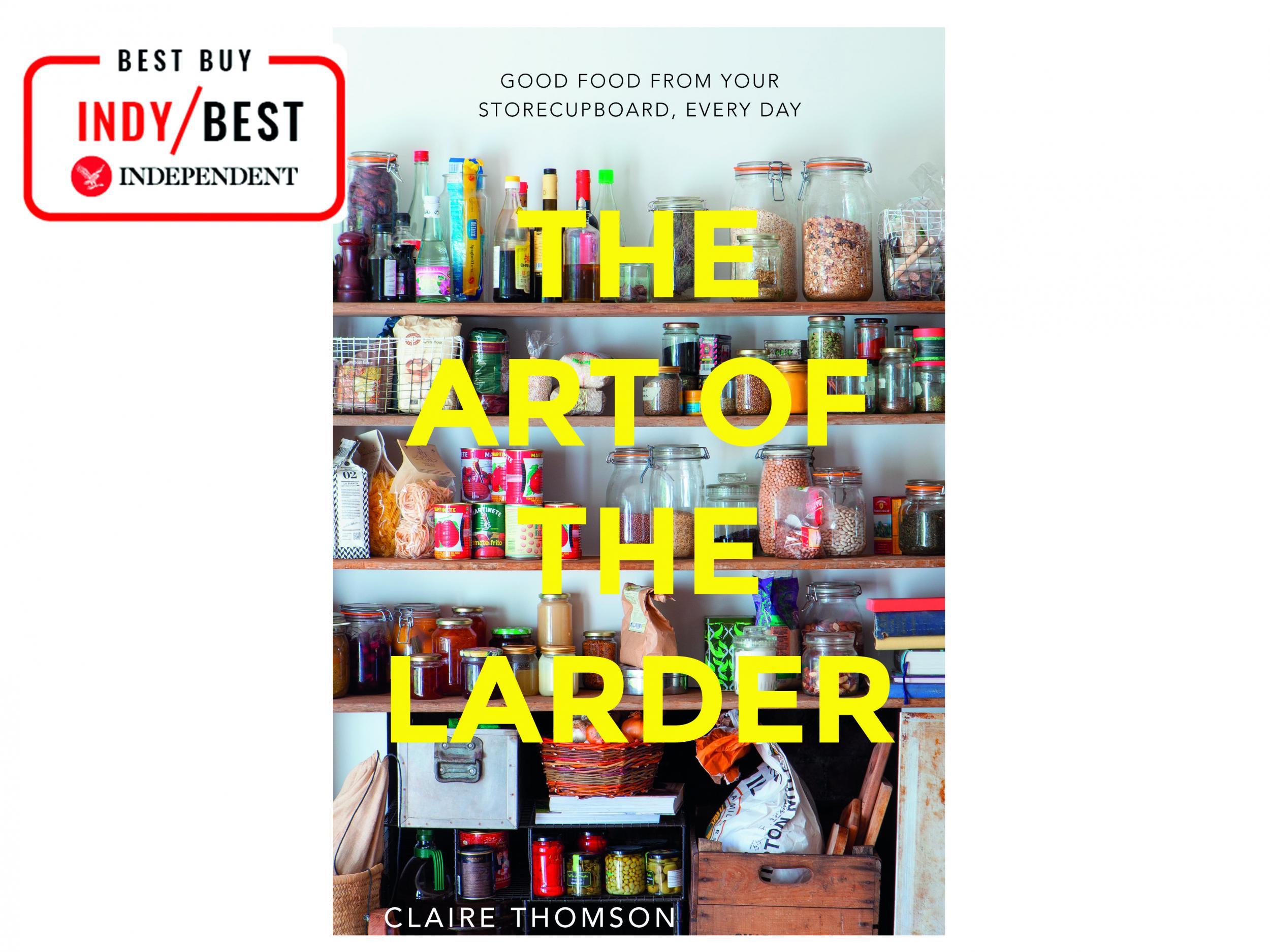
The Independent's journalism is supported by our readers. When you purchase through links on our site, we may earn commission. Why trust us?
9 best store cupboard cookbooks: Get creative in the kitchen during self-isolation
From championing humble ingredients to batch-cooking on a budget, these books will help you create exciting dishes out of whatever you have in
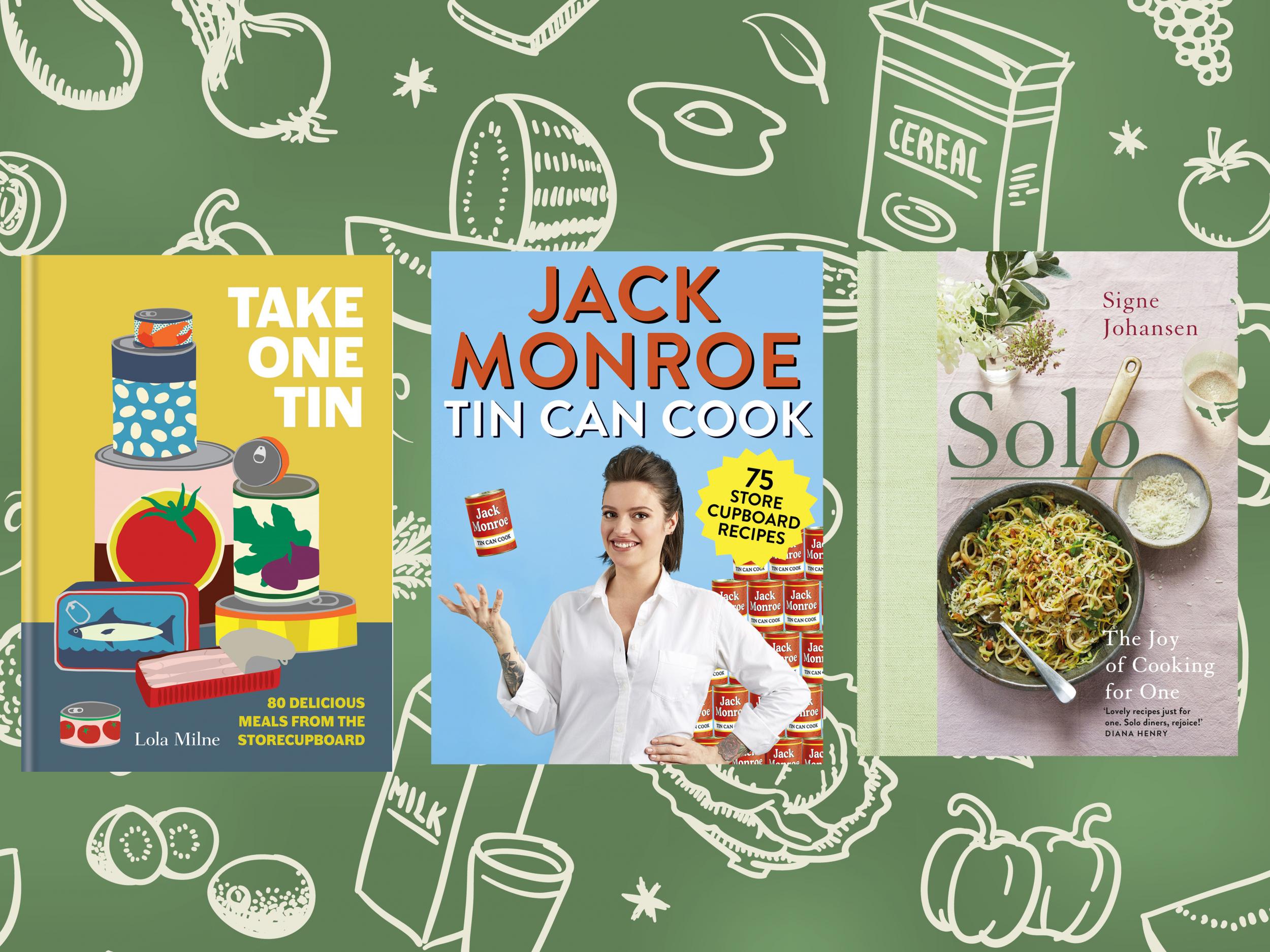
- 1
 ‘The Art of the Larder: Good Food from Your Store Cupboard, Every Day’ by Claire Thomson, published by Hardie GrantRead review£172
‘The Art of the Larder: Good Food from Your Store Cupboard, Every Day’ by Claire Thomson, published by Hardie GrantRead review£172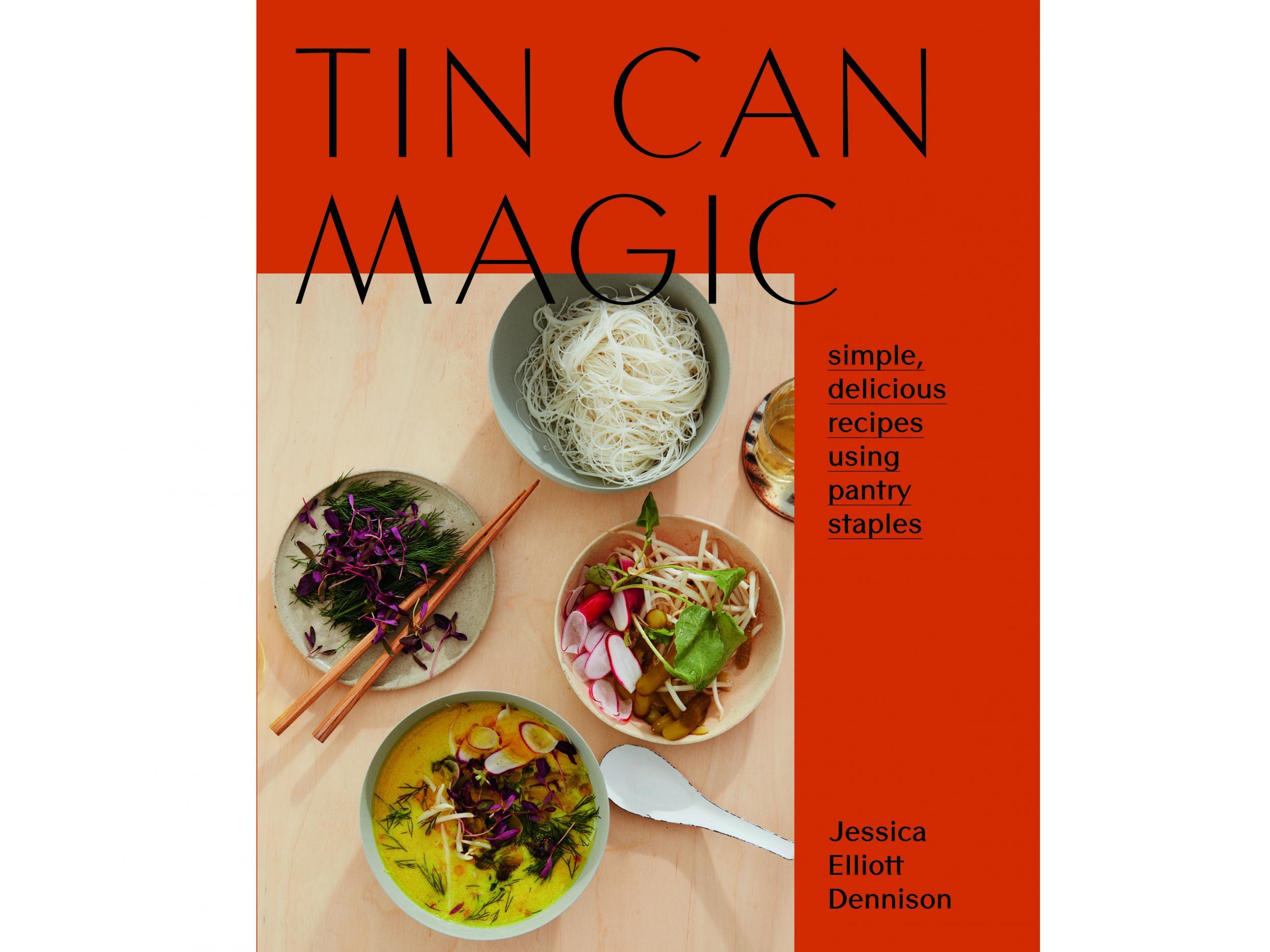 ‘Tin Can Magic: Simple, delicious recipes using pantry staples’ by Jessica Elliott Dennison, published by Hardie GrantRead review£10
‘Tin Can Magic: Simple, delicious recipes using pantry staples’ by Jessica Elliott Dennison, published by Hardie GrantRead review£10 - 3
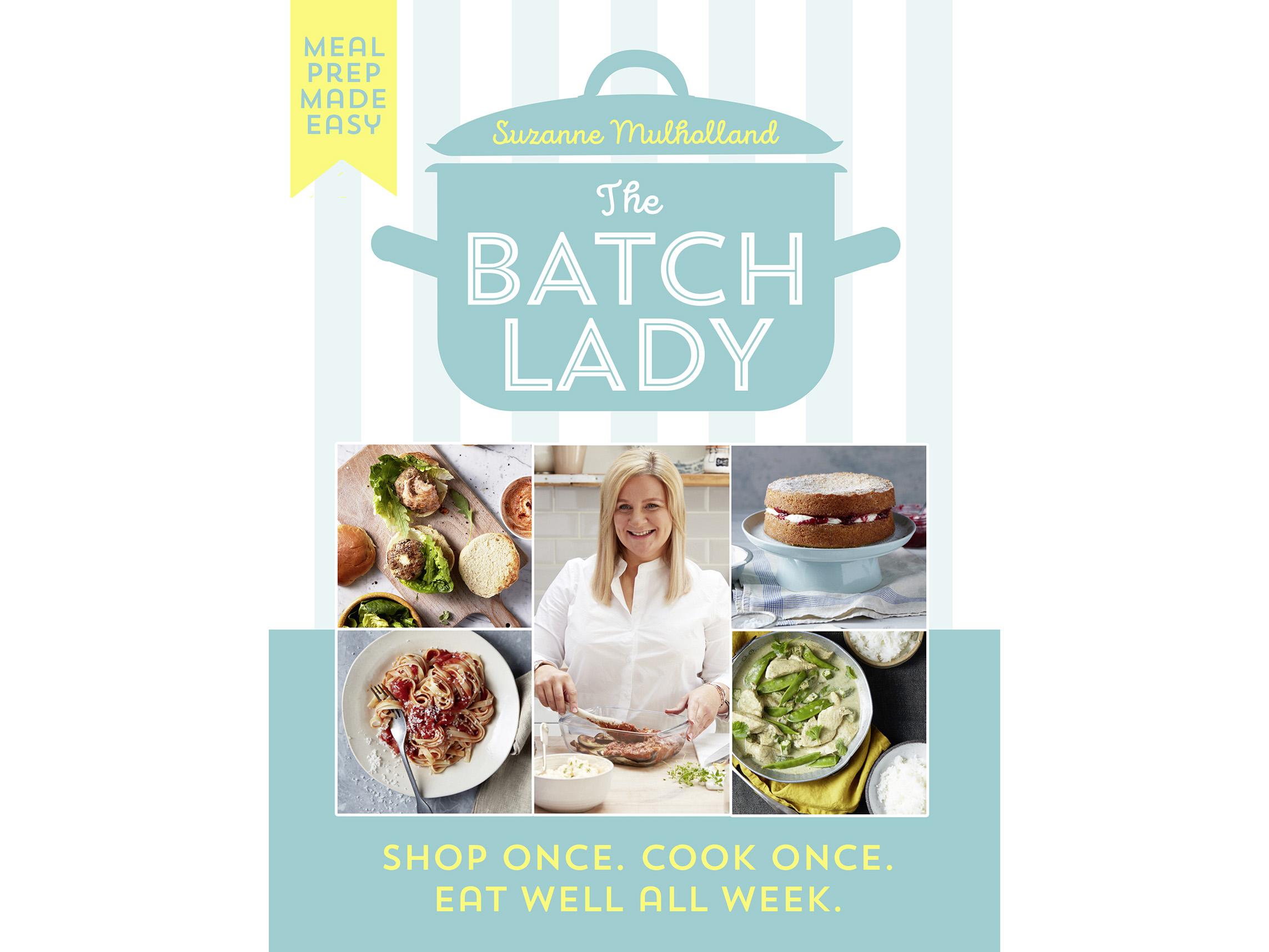 ‘The Batch Lady: Shop Once. Cook Once. Eat Well All Week’ by Suzanne Mulholland, published by Harper CollinsRead review£204
‘The Batch Lady: Shop Once. Cook Once. Eat Well All Week’ by Suzanne Mulholland, published by Harper CollinsRead review£204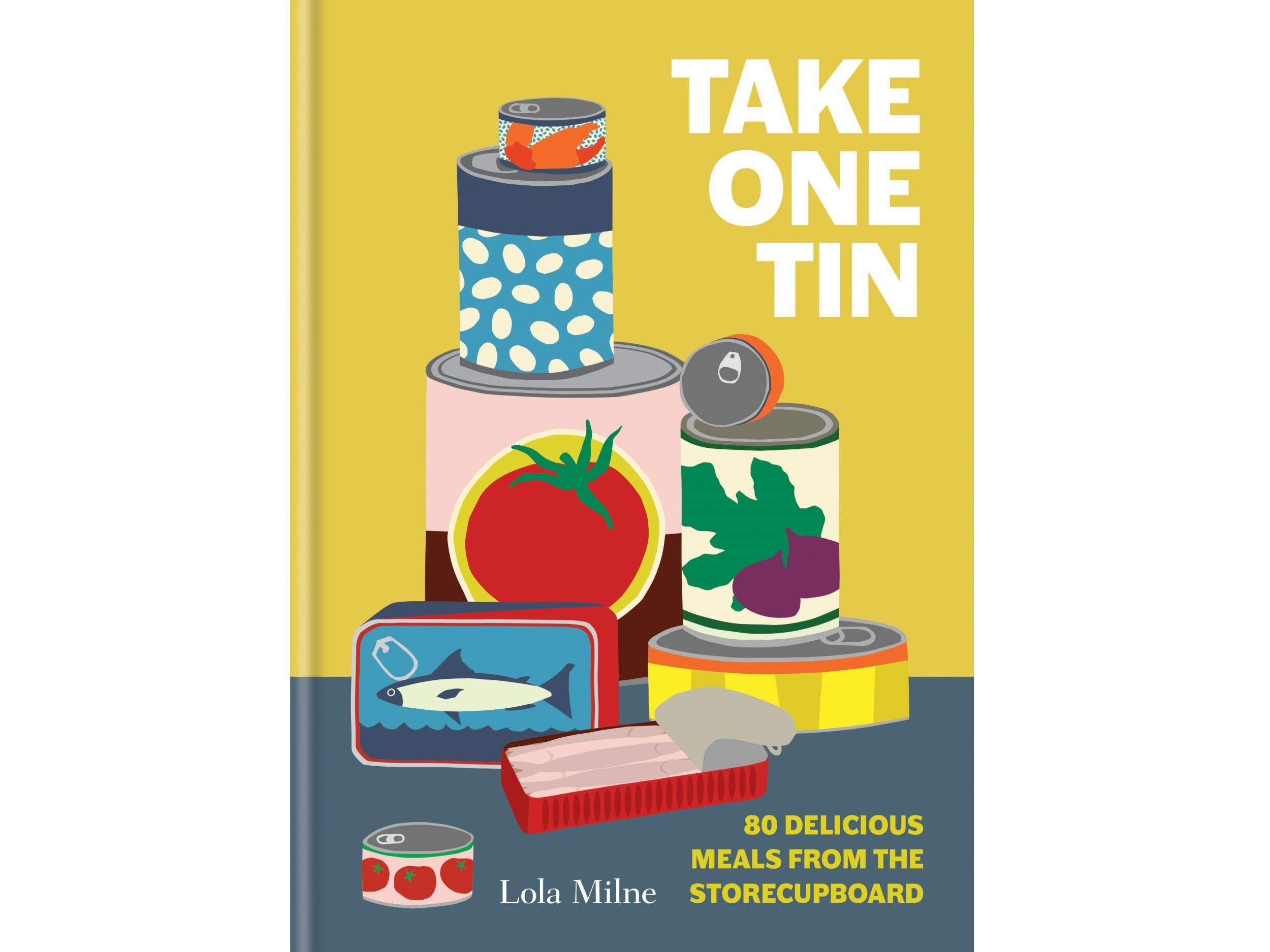 ‘Take One Tin: 80 delicious meals from the store cupboard’ by Lola Milne, published by OctopusRead review£14
‘Take One Tin: 80 delicious meals from the store cupboard’ by Lola Milne, published by OctopusRead review£14 - 5
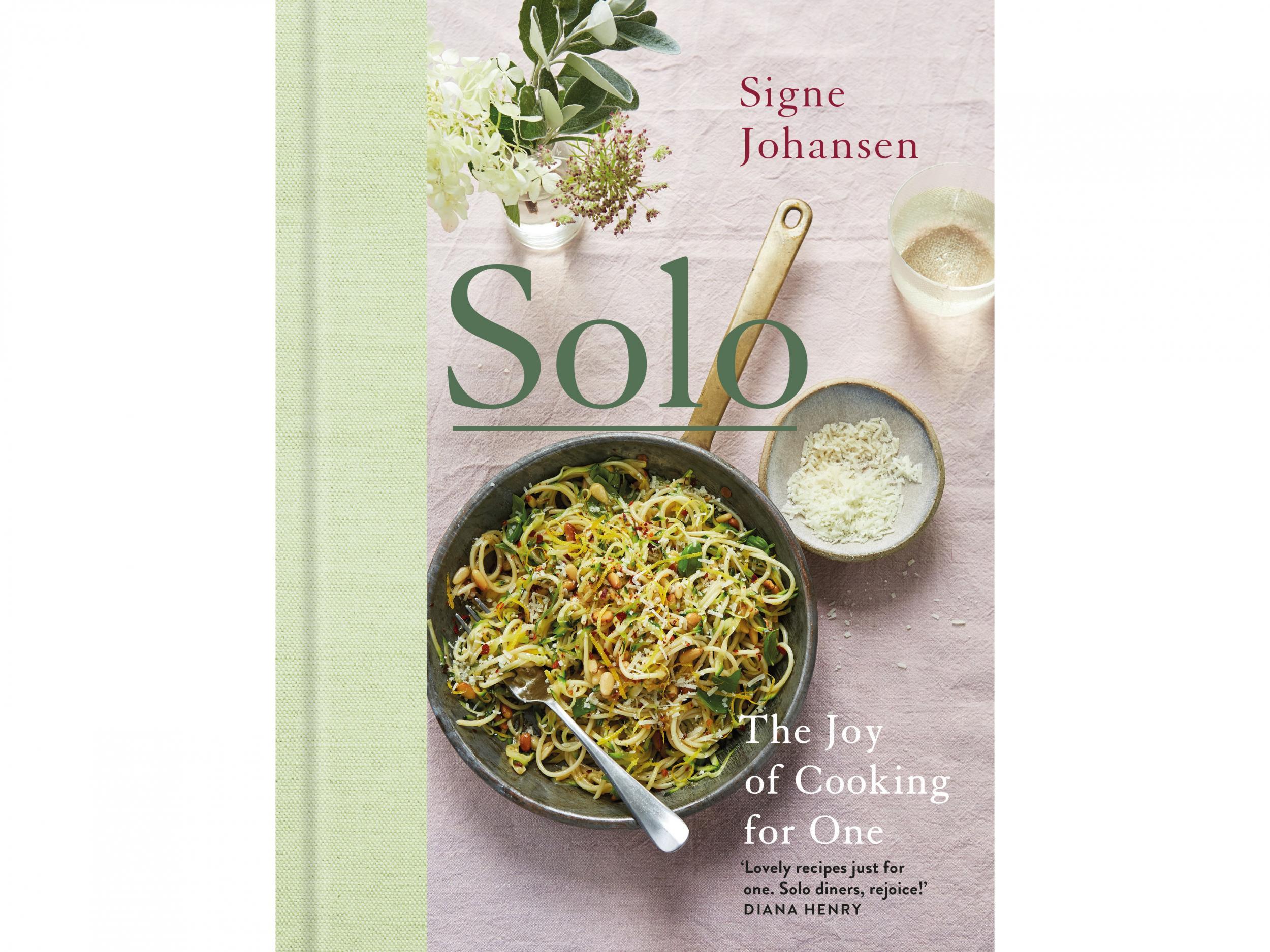 6
6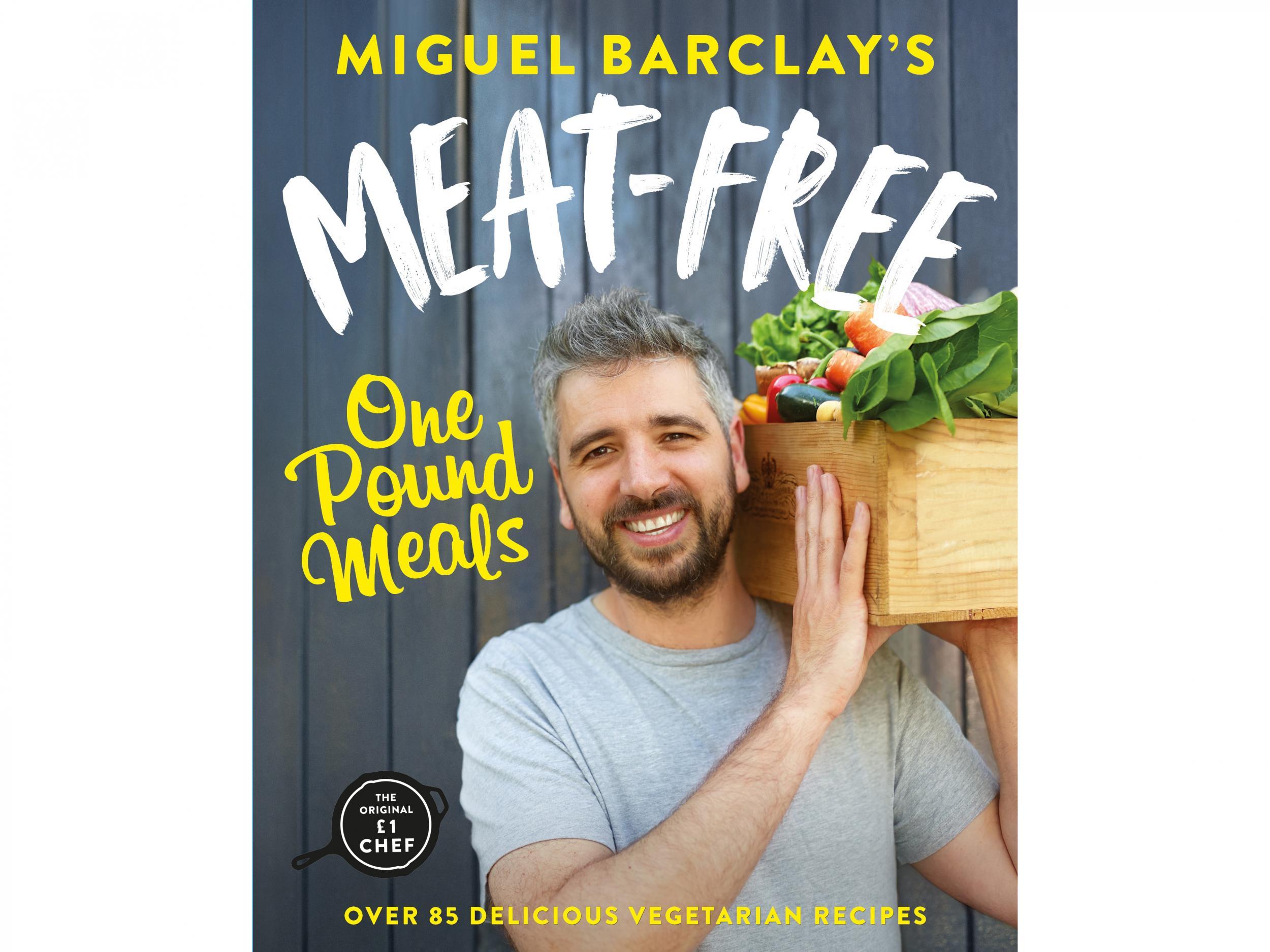 ‘Meat-Free One Pound Meals: 85 delicious vegetarian recipes all for £1 per person’ by Miguel Barclay, published by Headline.Read review£9
‘Meat-Free One Pound Meals: 85 delicious vegetarian recipes all for £1 per person’ by Miguel Barclay, published by Headline.Read review£9 - 7
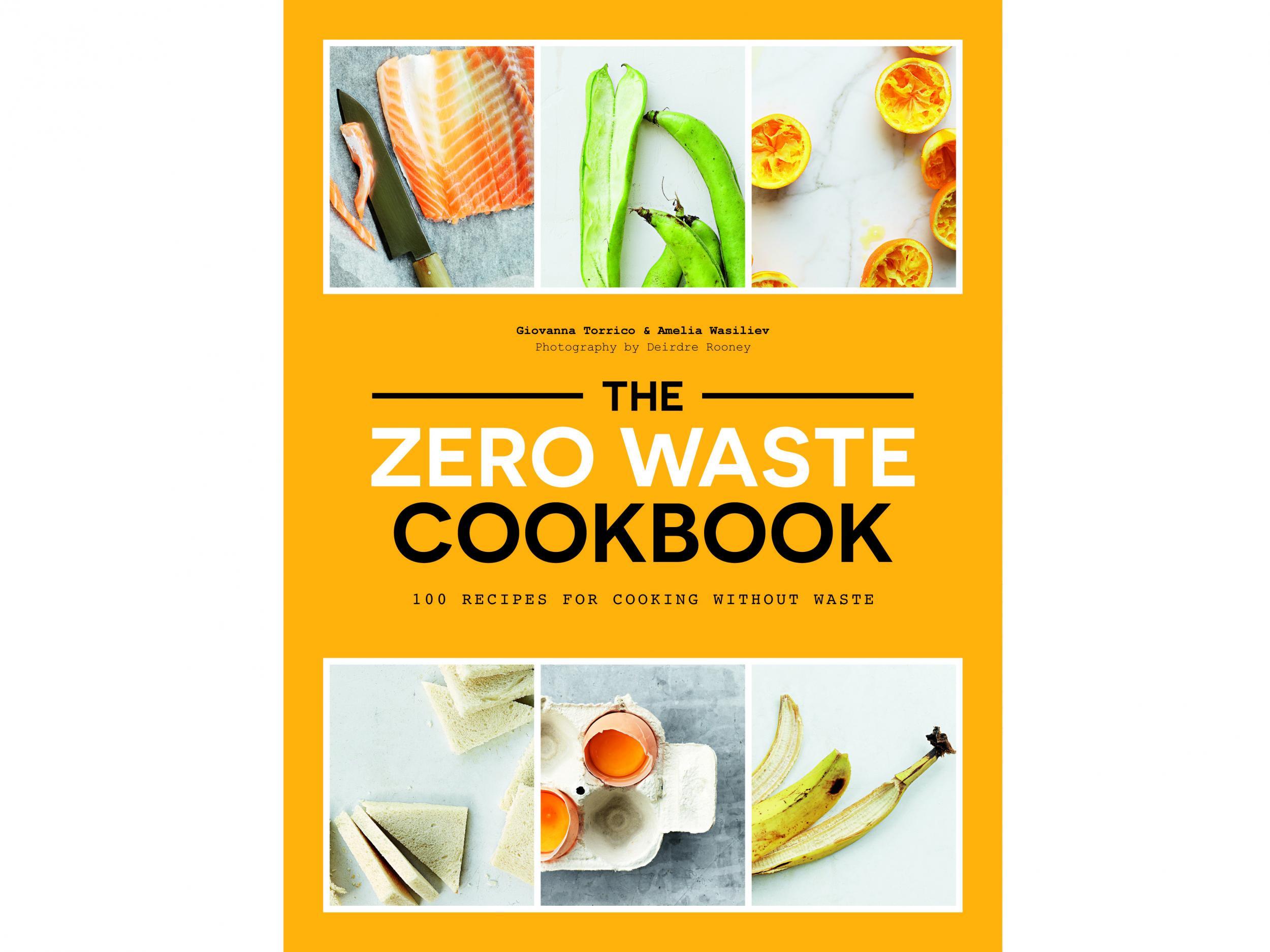 ‘The Zero Waste Cookbook: 100 Recipes for Cooking Without Waste’, by Giovanna Torrico and Amelia Wasiliev, published by Hardie GrantRead review£138
‘The Zero Waste Cookbook: 100 Recipes for Cooking Without Waste’, by Giovanna Torrico and Amelia Wasiliev, published by Hardie GrantRead review£138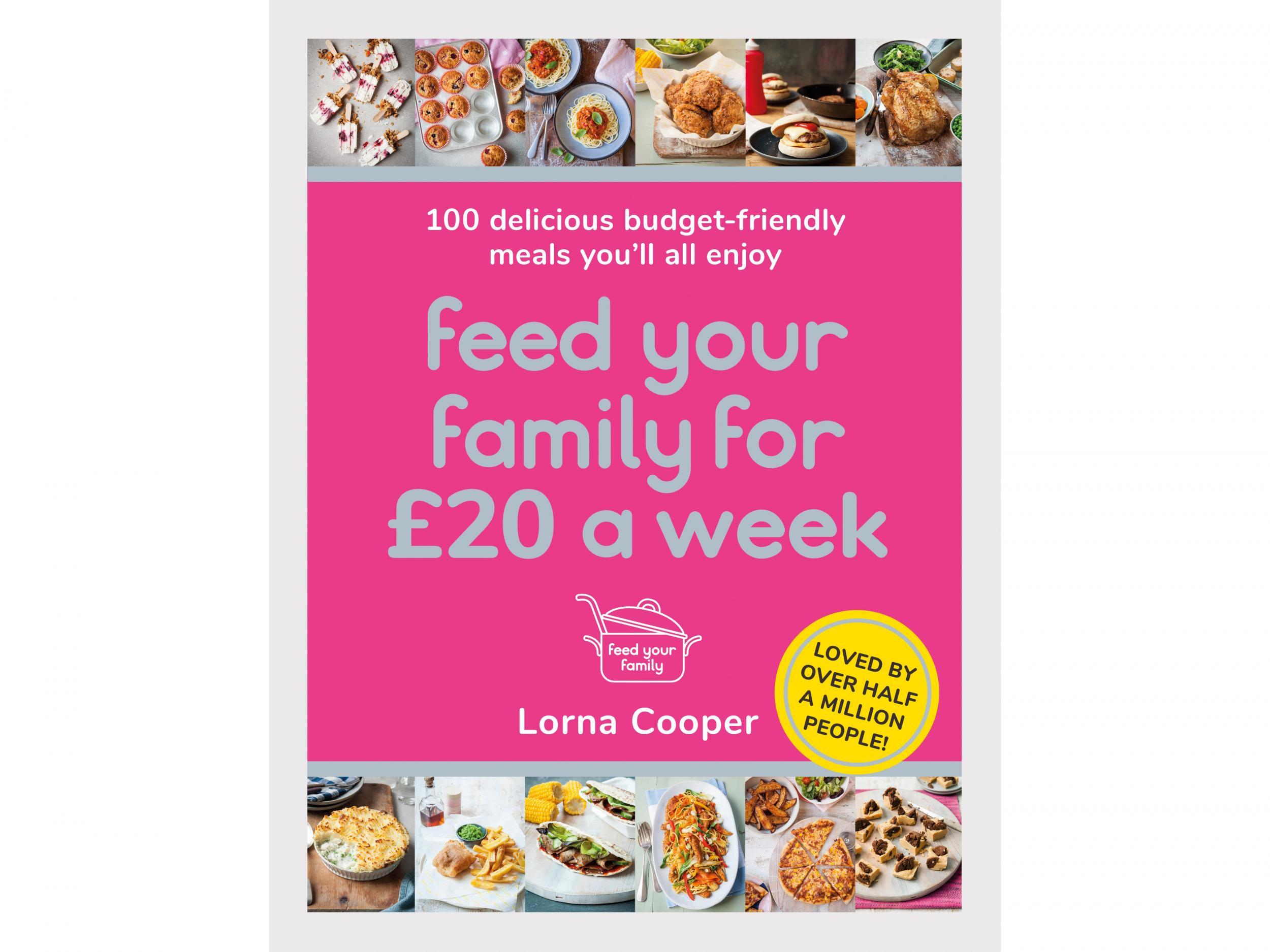 ‘Feed Your Family For £20 a Week: 100 Budget-Friendly, Batch-Cooking Recipes You’ll All Enjoy’, by Lorna Cooper, published by OrionRead review£9
‘Feed Your Family For £20 a Week: 100 Budget-Friendly, Batch-Cooking Recipes You’ll All Enjoy’, by Lorna Cooper, published by OrionRead review£9
With us all being urged to only go to the shops when it’s absolutely necessary, it’s time to get creative with what’s in the store cupboard.
To help, we’ve rounded up a great selection of cookery books championing the most humble ingredients that will have you cooking up a storm in no time.
Whether you’re trying to make more with less, keep fresh ingredients to a minimum or are re-learning how to cook for one, there should be a book here to guide you through these uncertain times.
When putting our cookbooks to the test, we were conscious of the availability of ingredients required, the cost per serving and of course, just how tasty the end result was.
Common themes that aim to save you time and money include making the most of your freezer, adapting recipes to suit what you have to hand, meal planning and using up every last bit of what you buy.
Far from being dull, recipes spanned all cuisines so hopefully you won’t find yourself repeating flavours, even if you’re stuck inside for a while.
You can trust our independent reviews. We may earn commission from some of the retailers, but we never allow this to influence selections, which are formed from real-world testing and expert advice. This revenue helps to fund journalism across The Independent.
1‘The Art of the Larder: Good Food from Your Store Cupboard, Every Day’ by Claire Thomson, published by Hardie Grant

Although not the latest release from food writer Claire Thomson, we feel it’s particularly useful currently. A book of two halves, she argues that with just a few fresh ingredients, if you have a well-stocked cupboard you’ll always be capable of making “something from anything”. Dishes such as the Greek roasted tomato and oregano timbale with yoghurt topping were completely new to us, however we could see how simple they’d be to make with very obtainable ingredients. Most of the recipes are designed to serve four people.
2‘Tin Can Magic: Simple, delicious recipes using pantry staples’ by Jessica Elliott Dennison, published by Hardie Grant

The premise behind this book is to take your hero tin (ideally the one that’s been languishing at the back of the cupboard the longest), add two or three fresh ingredients, a contrast (perhaps a lemon or fresh herbs) and finally some texture, such as toasted nuts. Each recipe comes with a wealth of ingredient substitutions, so they should be something for everyone to rustle up, no matter what you’ve got to hand. Dishes such as the three way lentil dahl or the chilled chilli tomato noodles show just how versatile and interesting store cupboard staples such as beans and lentils can be.
3‘The Batch Lady: Shop Once. Cook Once. Eat Well All Week’ by Suzanne Mulholland, published by Harper Collins

Living on a remote farm with a large family means it simply isn’t an option for Suzanne Mulholland, aka The Batch Lady, to constantly be popping to the shops. In comes batch-cooking, which she promises will free up more of your time, do away with waste and save you money too. However, rather than making a large volume of something and having to eat it for days on end, this book is about using similar ingredients to make very different meals. So one batch might look like moussaka, followed by lamb & feta burgers later in the week. In fact by the end of it, she reckons you’ll be able to cook 10 meals (that’s 40 portions) in just one hour, all from one shopping list. Clever aye?
4‘Take One Tin: 80 delicious meals from the store cupboard’ by Lola Milne, published by Octopus

As the name suggests, each of the 80 recipes in this book centre around at least one humble tin. Many of which use 10 ingredients or less, with most of them found in the store cupboard, although a lot benefit from fresh herbs if you happen to have them. None of the recipes contain any meat, although there is a chapter on fish, with sections focusing on pulses and beans, tinned tomatoes and veggies and also fruit and sweet tins for pudding. Far from being bland, recipes include a comforting flageolet bean and artichoke gratin or the warming spice from a Sri Lankan mackerel curry.
5‘Solo: The Joy of Cooking for One’ by Signe Johansen, published by Macmillan

If you’re self-isolating, it’s extremely important you’re looking after yourself by eating well. Not only will the act of cooking provide much needed structure to your day, but it can also be extremely therapeutic as well as being nourishing for both mind and body. Proving that cooking for yourself can be both fun and liberating, Johansen argues that it’s the ultimate “me” time activity. Far from being worthy, this is a pragmatic guide for solo eating. She encourages us to take stock of what’s already in the cupboard, with suggestions on what we should always have on hand. “One-pan wonders” is the chapter to turn to for minimal washing up, and includes a recipe for the warm hug of a baked sweet potato with feta, herbs and tomatoes. The recipes in this book sometimes make more than one portion or can be easily scaled up, with variations provided for how to eat leftovers.
6‘Meat-Free One Pound Meals: 85 delicious vegetarian recipes all for £1 per person’ by Miguel Barclay, published by Headline.

We’re probably all watching our pennies a little more than usual at the moment, however, with so little else on offer by way of entertainment or escapism, we probably don’t want to eat the same boring food each day either. Famous for rustling up meals for the paltry sum of one pound a head, this is Miguel Barclay’s fifth book in the series, with all 85 recipes being completely meat-free. As you’d expect from such a thrifty promise, recipes never have more than a handful of ingredients, however, flavours are always interesting. We were particularly impressed with how quickly the aubergine pho came together and will definitely be making the fiery and filling nasi goreng again (an Indonesian take on stir-fried rice).
7‘The Zero Waste Cookbook: 100 Recipes for Cooking Without Waste’, by Giovanna Torrico and Amelia Wasiliev, published by Hardie Grant

This book opens up with a shocking truth – about 35-50 per cent of all food produced is wasted. If you find yourself shuddering at the thought of throwing good food away, this book will teach you how to make the most of what you have. By the end of it you’ll be looking at vegetables stalks, peels and leaves in a whole new light, and rustling up the likes of carrot top pesto, leek scrap omelette and broccoli stem slaw with gusto.
8‘Feed Your Family For £20 a Week: 100 Budget-Friendly, Batch-Cooking Recipes You’ll All Enjoy’, by Lorna Cooper, published by Orion

It might be tempting to rely solely on ready meals and frozen pizzas when trying to keep costs down, but rustling up a home cooked meal is the more nutritious option. With a strong reliance on the freezer to make things last longer, this book starts with a shopping list that promises to feed a family for a whopping eight weeks, which sounds particularly appealing to us all right now. Even the fussiest of eaters will enjoy starting the day with banana breakfast cookies, with simple pastas, pies, tray bakes and one pot meals making up the rest.
The verdict: Store cupboard cookbooks
This was a tough one but we’ve awarded our best buy to The Art of the Larder which is so useful in today’s climate, and we can definitely see ourselves referring to it time and time again. We’re confident it will provide inspiration no matter what you’ve got to work with. If you’re looking to feed a family on a budget, The Batch Lady or Feed your Family for £20 will show you how, while cutting down how many times you need to go to the shops.